Looking to keep your lawn looking sharp? Our collection of lawn mowers has just what you need to tackle any size yard. From gas-powered beasts to quiet electric models, you’ll find the perfect fit to keep your grass neat and tidy.
Lawn Mowers
Get the perfect cut every time with our reliable selection of lawn mowers designed for every yard size and budget
Product List
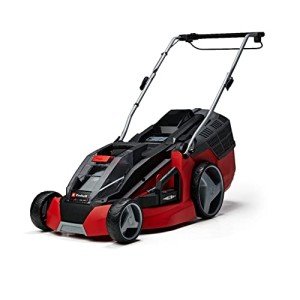
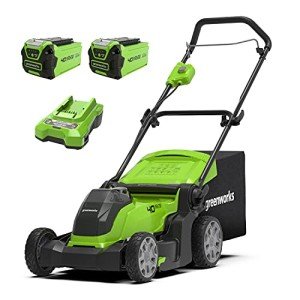
Greenworks 40V Cordless Mower
Greenworks
Product Review Score
4.7 out of 5 stars
31 reviews$459.22 $366.04
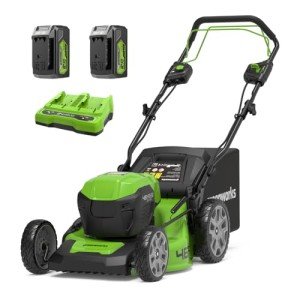
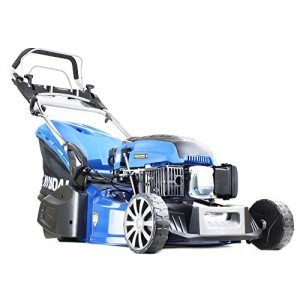

Self-Propelled Petrol Lawnmower
Mountfield
Product Review Score
4.57 out of 5 stars
18 reviews$380.57 $291.49
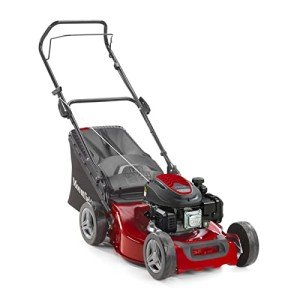
Mountfield HP185 Lawn Mower
Mountfield
Product Review Score
4.7 out of 5 stars
219 reviews$349.53 $297.10
When it comes to maintaining a beautiful and healthy lawn, the right lawn mower is an essential tool. However, with a plethora of options available in the market, deciding which mower is best suited for your yard can be challenging. This guide aims to illuminate the different types of lawn mowers, their features, and maintenance tips, making the selection process easier for homeowners and gardening enthusiasts.
Understanding Lawn Mower Types
1. Push Mowers
Push mowers, also known as manual mowers, require the operator to walk behind and push the machine. These are often affordable and environmentally friendly.
Pros:
- Affordable
- Environmentally friendly
- Exercise benefit
Cons:
- Time-consuming for larger lawns
- Requires physical effort
2. Self-Propelled Mowers
These mowers have a driving system that propels the machine forward, making it easier to cut grass without pushing.
Pros:
- Less physical strain
- Suitable for uneven terrains
Cons:
- Higher cost compared to push mowers
- Maintenance of propulsion system
3. Riding Mowers
Ideal for larger properties, riding mowers allow the user to sit while mowing. They are faster and provide a smooth cutting experience.
Pros:
- Faster mowing
- Comfortable seat for prolonged use
Cons:
- Expensive
- Requires more storage space
4. Robotic Mowers
These advanced mowers offer cutting-edge technology that allows them to mow the lawn autonomously, following a predetermined path.
Pros:
- Automated mowing
- Saves time and effort
Cons:
- High initial investment
- Limited capabilities on hills or complex landscapes
5. Electric Mowers
Electric mowers can be corded or cordless and are known for being quiet and eco-friendly.
Pros:
- No emissions
- Quiet operation
Cons:
- Limited range with cords
- Battery life in cordless models
Comparative Table of Lawn Mower Types
| Type | Ideal Use | Average Price Range | Pros | Cons |
|---|---|---|---|---|
| Push Mowers | Small yards | £100 - £350 | Affordable, eco-friendly | Labor-intensive |
| Self-Propelled Mowers | Medium-sized yards | £250 - £700 | Less physical effort, effective | More expensive |
| Riding Mowers | Large properties | £1,500 - £3,000 | Efficient, comfortable | High investment |
| Robotic Mowers | Small to medium yards | £600 - £3,000 | Self-operating, time-saving | High initial cost |
| Electric Mowers | Small to medium yards | £150 - £800 | Quiet, no emissions | Limited range |
Key Features to Consider When Choosing a Lawn Mower
-
Cutting Width: A wider cutting width allows you to mow more grass in less time. Common widths range from 14 to 30 inches.
-
Height Adjustment: Look for mowers with adjustable cutting heights to accommodate varying grass lengths.
-
Starter Mechanism: Mowers can have pull-start, electric start, or push-button starts. Choose based on your preference for convenience.
-
Grass Collection System: Some mowers come with a bagging system for easy grass disposal, while others offer mulching options.
-
Safety Features: Ensure the mower has safety features such as blade brakes and hand guards to prevent injuries.
Maintenance Tips for Lawn Mowers
Maintaining your lawn mower is crucial for its longevity and performance. Here are some informative tips:
-
Regular Cleaning: After each mowing session, clean the deck and blades to prevent grass buildup.
-
Blade Sharpening: Keep the blades sharp for a clean cut. Sharpen them at least once per season.
-
Oil Changes: Change the oil as per manufacturer guidelines, typically once a season or after every 50 hours of use.
-
Air Filters: Clean or replace air filters to maintain optimal performance and engine health.
-
Fuel Maintenance: Use fresh fuel to avoid engine problems and consider adding a fuel stabilizer if it's being stored for an extended period.
Frequently Asked Questions (FAQ)
Q1: How do I know what size mower I need?
The size of your mower should correlate with the size of your lawn. Measure your lawn and select a mower accordingly—typically, the larger the lawn, the larger the mower you will need.
Q2: Can I use a push mower on hilly terrain?
While push mowers can be used on slight slopes, they may require more effort. For steeper inclines, consider a self-propelled or riding mower.
Q3: How often should I mow my lawn?
The general rule is to mow once a week during the growing season and adjust based on the lawn's growth rate.
Q4: Are electric mowers as powerful as gas mowers?
While electric mowers are quieter and environmentally friendly, gas mowers usually provide more power and are ideal for larger, thicker lawns. However, advancements in battery technology are narrowing this gap.
Q5: What type of mower is best for the environment?
Electric mowers produce no emissions and are generally quieter, making them a more environmentally friendly choice compared to gas-powered models.
Choosing the right lawn mower is essential for maintaining a healthy and attractive yard. By understanding the different types of mowers, their features, and maintenance requirements, homeowners can make informed decisions that cater to their specific needs. Whether opting for a traditional push mower or a high-tech robotic model, investing time in selecting the right equipment can make the mowing experience enjoyable and efficient. Happy mowing!